Listen to Daniel Dellham, our sustainability expert, share his views on what scope 3 emissions are all about.
Transcript: Explaining Scope 3 Emissions
Regulators, lawmakers, and consumers put enormous pressure now on companies to really work with and reduce their overall carbon emissions. They normally do that in three different, say, perspectives or scopes when they do that.
So, according to the greenhouse gas protocol, you have scope one, which is your direct emissions from, let’s say, your factories.
Scope two is the energy that you buy. It could be electricity. And could be heating or cooling.
And then scope three, which is basically everything else in your value chain.
Scope three is often the largest part for most companies, but also where they do the least today and where they have to do more.
For example, a company producing detergent. Then the emissions from that mainly from the use face of that.
So basically, when the consumers use the detergent to wash their clothes. If they can produce a product where consumers have to lower the temperature of the water, that will save a lot of energy.
The same thing with a company whose primary resource is its employees. The commuting of that workforce might be the largest emitter for that company. So working with the commuting and the business travel might be their company’s largest impact.
Do you have a question for our expert?
We hope you found value and insights from his answer. And if you also have further questions for our sustainability expert, contact us! We will gladly respond right here on our platform.
About Daniel:
Daniel Dellham is the CTO and Sustainability Expert of Deedster. Daniel has devoted his professional career to the field of sustainability and technology. In 2010, he transformed his management consulting firm into specializing in sustainability advisory for larger corporations. He later sold his consultancy firm to KPMG, where he was Head of Sustainability Consulting and was involved in creating the Ålands Index. In 2016, he co-founded Deedster.
Related posts:
Share this Post



